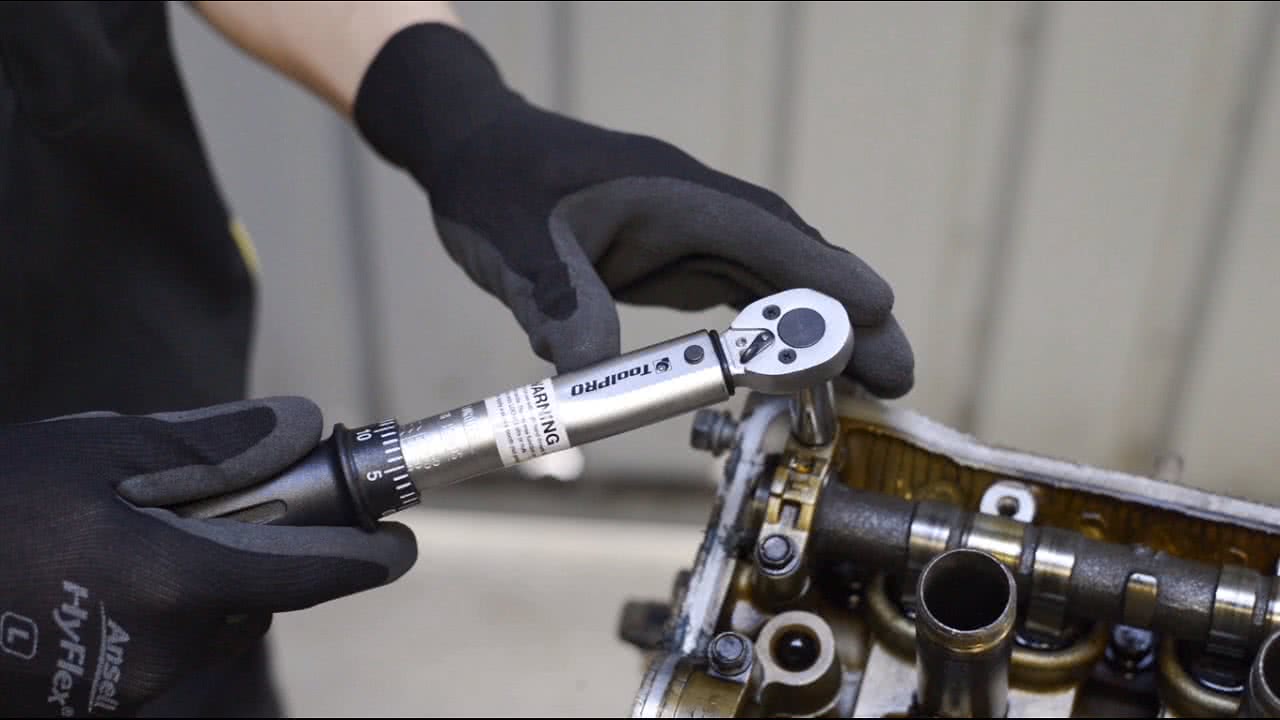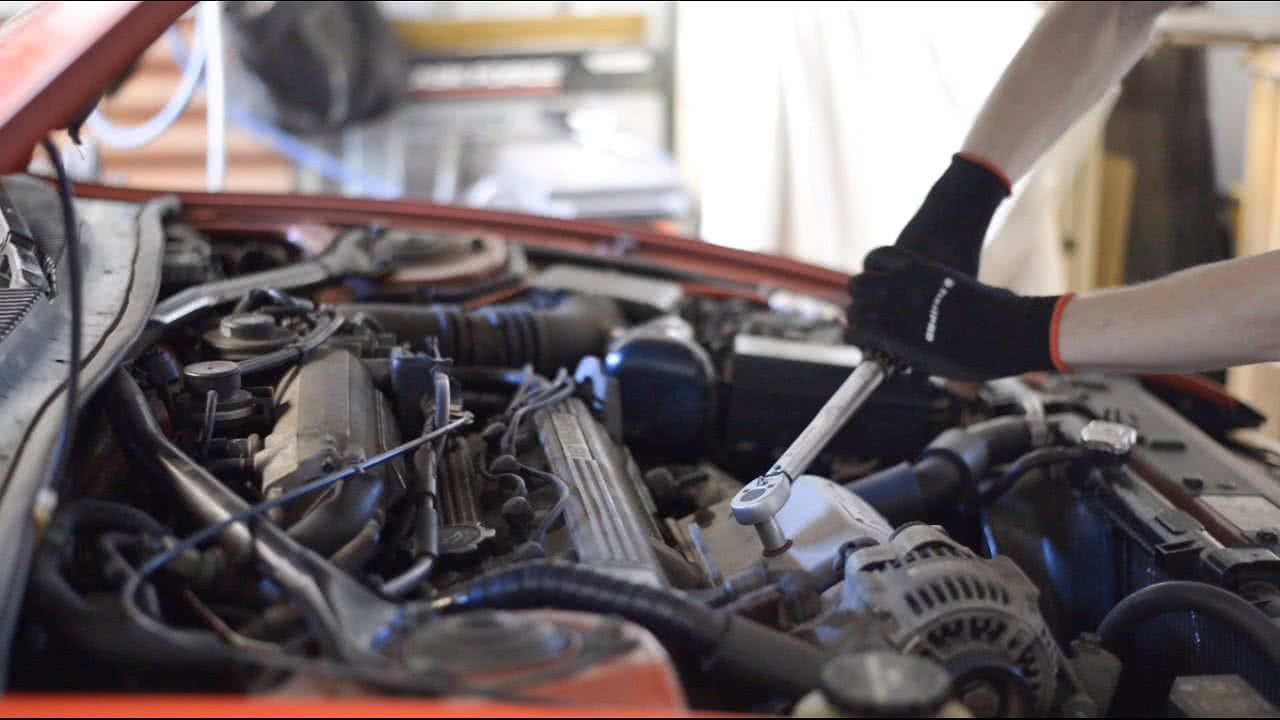How To Choose and Use a Torque Wrench
Overview
If you’re not making use of torque wrenches in your vehicle repairs, you may not be getting the most reliable and long lasting result. Not to mention the risk of snapped bolts and nobody wants that!
That does sound terrible! What does a torque wrench do?
Well, if you look closely through a workshop manual for your vehicle, you’ll find torque numbers for just about every nut and bolt on your vehicle. From tailshaft bolts to steering components, and most crucially; engine internals.
This is not something that can be measured by feel, and so we have torque wrenches. A torque wrench is designed to indicate when a particular torque specification has been reached by giving an audible ‘click’ ‘beep’ and/or tactile feedback through the handle. The point at which you hear or feel this can be changed by dialling in the desired amount of torque on the handle of your torque wrench.
A torque wrench is typically longer than a standard ratchet or breaker bar so as to provide enough leverage to reach high torque when needed. However, there are many different sizes in torque wrenches for a variety of different applications.
What happens if I Just Use Power Tools?
Aside from the already mentioned snapped bolts, there is far more that can go wrong which may be much less visible. You could stretch threads causing fasteners to come loose down the track, or do it so tight it never comes off again. Excessive tension can warp heads and gasket surfaces and place too much pressure on delicate components causing them to wear quicker.
So which Torque Wrench Should I Choose?
Torque wrenches, like most things in life; are not a ‘one size fits all’ solution. So here’s some options to consider if you’re thinking of making a purchase.
Different Sizes of Torque Wrenches
The three most common sizes you’ll come across, from smallest to largest; are the ¼ inch, 3/8 th inch and ½ inch drive models. This refers to the size socket they accept, but the larger the drive, the larger the torque wrench (for more leverage).
Typically, a smaller wrench will go right down into single digit torque increments, but not have a large maximum torque setting. Choosing a larger model will get you options for much higher tension, but won’t be much use for smaller machinery.
Digital Torque Adaptor
This is a nifty little invention which just pops onto the end of a ratchet or breaker bar and turns it into a torque wrench! It has a digital display on which you can set the desired torque to achieve, and the unit will beep when you reach this.
Angular Torque Gauge
These are quite different again and not needed as often as a torque wrench. It snaps onto your breaker bar or ratchet just like the torque adaptor, but measures in degrees. This way, if your workshop manual asks that a fastener be “finger tightened, then torqued to 272 degrees” you can measure this exactly to the dot.

Okay, I’ve purchased a torque wrench. How do I use it?
Before using a torque wrench for the first time, or after a prolonged period without use, you must put it through the motions to ensure the internal parts are free and well lubricated.
To do this, set the torque on the wrench to a high torque setting and activate it five to ten times. This gets the internal parts moving freely and moves the lubricant around.
Setting a Torque Setting Into a Torque Wrench
A torque wrench should have a locking mechanism which prevents the settings being bumped around during use, so unlock this to start.
Assuming you have your desired torque setting on hand, twist the handle of the torque wrench until the edge of it lines up close to the value you’re trying to achieve. Align the zero with the centre line, and then turn the handle until you reach the single digit you require. The increments for each torque wrench will differ, here’s the increments for the ToolPRO range of torque wrenches:
- ½ inch drive: 1.0 Nm
- ⅜ inch drive: 1.0 Nm
- ¼ inch drive: 1.5 In-Lb

ToolPRO torque wrenches use an automatic locking mechanism, so just release the locking ring and it will spring into the lock position.
Note: Your workshop manual could work in Nm (Newton Metres) like our example here, or it could be Ft-Lb (Foot Pounds). Just make sure you’re using the same value on your torque wrench as in the manual
How to use a torque wrench
Now that you’ve got the numbers all set up, lets tighten a fastener. You can use the ratcheting function in the torque wrench to tighten the fastener quickly, just like any other ratchet. However your torque wrench should never be used to loosen fasteners.
As the fastener becomes tight, apply steady, even pressure until the torque wrench clicks. You will both hear, and feel this click through the torque wrench.
Once this occurs - release and apply gentle pressure until the torque wrench clicks a few more times to ensure that you have reached the correct tension.
After use, return your torque wrench to a neutral torque setting, to relieve tension on the internal spring.
You can get through many basic DIY tasks with some pretty simple hand tools. But if you really want to take your handyman skills to the next level, adding a torque wrench to your toolkit is a surefire way to ensure a professional job.
*Important information* - Click here to read more about our How-To terms and conditions.